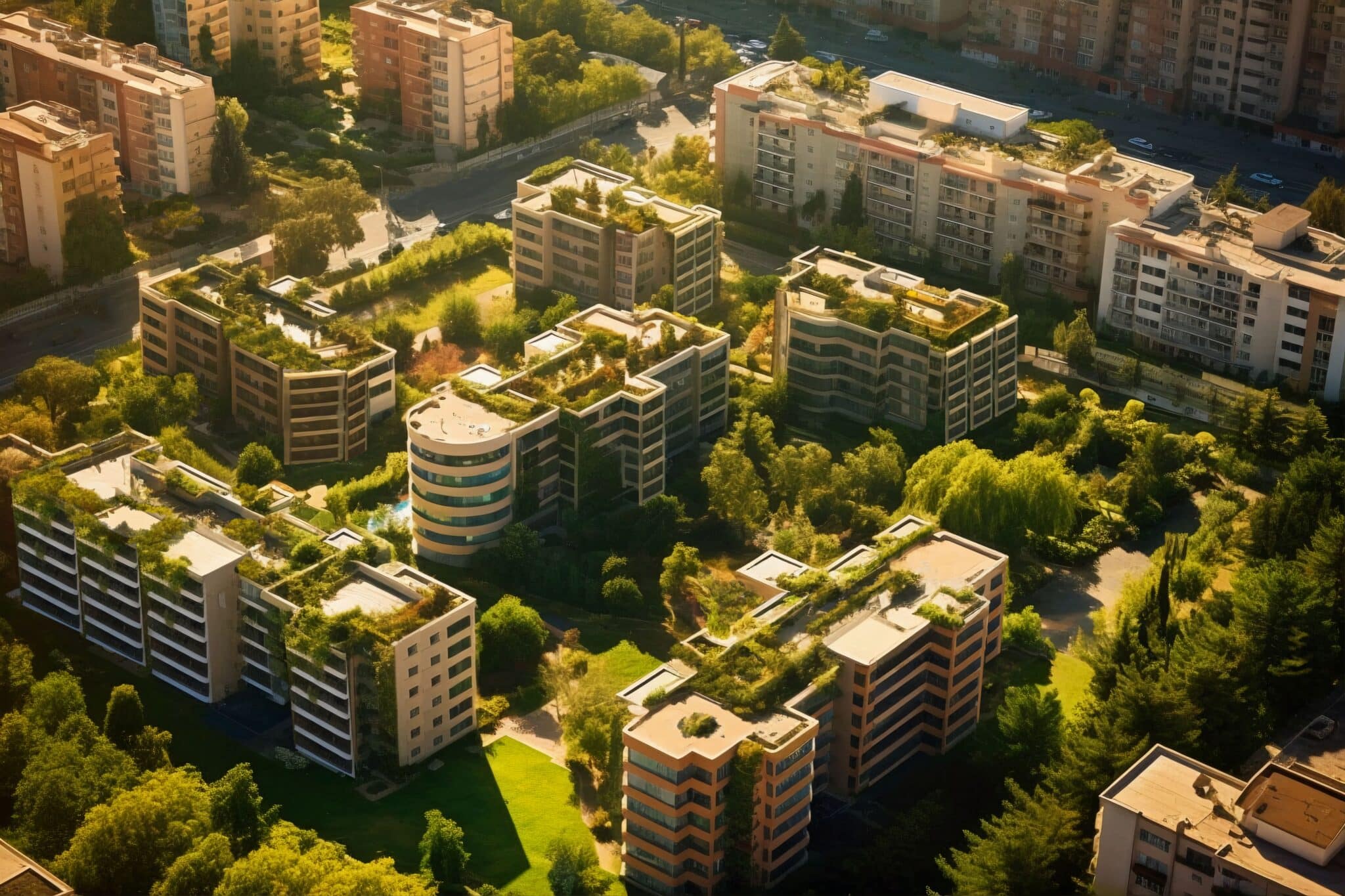The upcoming requirements in the EU’s renovation directive will affect how Swedish apartment buildings are renovated, heated and operated – and this will happen within the next few years. From 2030, major renovations may require buildings to achieve zero emissions, with very low energy consumption and a completely renewable energy supply. Managers and owners who act in time can not only avoid costly emergency solutions, but also reduce operating costs, increase the value of the property and strengthen its attractiveness in an increasingly climate-conscious housing market.
In order for apartment building owners and managers in Sweden to be well prepared for the upcoming requirements of the EU Renovation Directive, it is important to think and act with a long-term perspective now. A wise starting point is to carry out a thorough energy audit of the building to identify which parts are most energy-intensive and which measures will have the greatest impact and be most cost-effective. The BIM Energy software is the obvious tool for this!
Based on this, it is then natural to update the maintenance plan, not only with traditional repairs but also with energy efficiency measures and a realistic budget for implementing them.
In parallel with this, technical systems such as heating, ventilation, lighting and control systems should be critically reviewed, with a focus on replacing or upgrading those that do not meet today’s energy efficiency requirements. The possibilities for local energy production, such as solar cells or heat pumps, should be evaluated, especially since the new Zero Emission requirements will reward a high proportion of renewable energy.
At the same time, it is wise to follow the development of Sweden’s national building renovation plan, which the Swedish National Board of Housing, Building and Planning will present in 2026, as it will specify time frames, target levels and what forms of financial support will be available. Acting in line with these guidelines offers advantages, both by maximising the possibility of subsidies or green loans and by minimising the risk of having to make hasty and expensive adjustments when new rules come into force.
It is also important to keep an eye on changing expectations in the property market. As energy performance becomes a clearer indicator of quality, buildings that have not been made energy efficient will lose value and attractiveness. By starting the work in good time, owners and managers can not only reduce operating costs and increase the value of the property, but also avoid future problems with letting and selling when energy requirements become stricter. In other words, it is not just a matter of complying with future legal requirements – it is also a strategic investment in the long-term profitability and competitiveness of the building.




